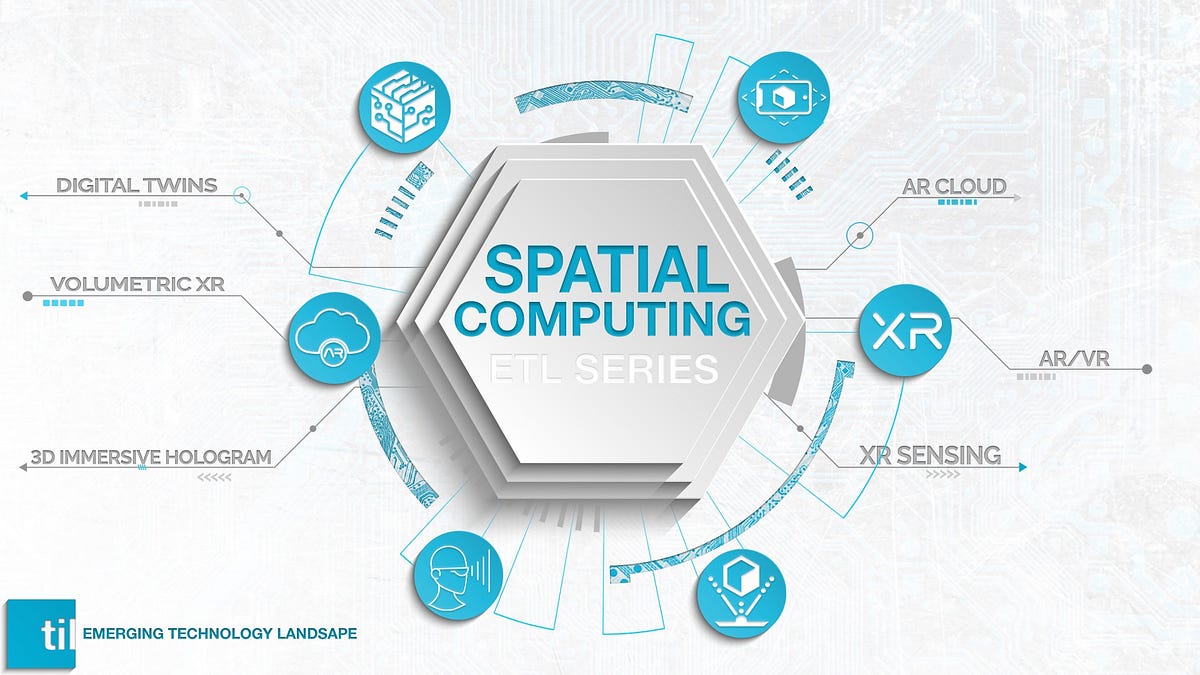Spatial Computing: Building Applications for the Next Wave of Digital Interaction.Imagine a world where the digital and physical realms seamlessly blend, where you can interact with data, information, and virtual objects as naturally as you do with the physical world. This vision is the promise of spatial computing, a revolutionary technology that is poised to reshape our digital experiences. In this blog, we’ll explore the concept of spatial computing and the incredible potential it holds for building applications that will redefine the way we interact with technology.
The Evolution of Digital Interaction
Digital interaction has come a long way since the first personal computers and the advent of the internet. We’ve moved from command lines to graphical user interfaces, from desktop computers to smartphones, and from 2D interfaces to 3D environments. Yet, despite these advancements, our digital interactions have remained somewhat detached from our physical surroundings.
Spatial computing seeks to bridge this divide by combining the physical and digital worlds in a more natural and immersive manner. It leverages technologies like augmented reality (AR), virtual reality (VR), mixed reality (MR), and other sensor-driven approaches to create a more integrated, spatially aware digital experience.
The Fundamentals of Spatial Computing
Spatial computing operates on the idea that our digital interactions should be contextually aware, responsive to our movements, and as intuitive as our interactions with the physical world. This technology is built on several key pillars:
Sensory Input: Spatial computing applications rely on a variety of sensors like cameras, depth sensors, gyroscopes, and accelerometers to understand the user’s environment. These sensors gather data about the physical world and the user’s position and movements.
Spatial Awareness: This is the ability to understand and map the physical environment in real-time, allowing digital objects to interact with and respond to the physical world accurately. This is achieved through techniques such as SLAM (Simultaneous Localization and Mapping).
User Interface: In spatial computing, the interface becomes the physical space around the user. This means using gestures, voice commands, and even haptic feedback to interact with digital content in a more natural way.
Immersive Content: Spatial computing is about creating digital content that feels like a natural extension of the physical world. This includes 3D models, holograms, and virtual objects that can be placed and manipulated within the user’s environment.
Applications of Spatial Computing
Now, let’s dive into some exciting applications of spatial computing that are set to transform various aspects of our lives:
Education: Imagine students exploring the surface of Mars from their classroom, or an anatomy lesson where students can dissect virtual bodies, all in an immersive 3D environment. Spatial computing can revolutionize education by making learning more engaging and interactive.
Healthcare: Surgeons can use spatial computing to overlay 3D images and patient data directly onto the operating room, improving precision and reducing the risk of errors. It also opens the door for telemedicine applications, enabling doctors to diagnose and treat patients from a distance.
Entertainment: Virtual and augmented reality games are just the tip of the iceberg. Spatial computing allows for more immersive storytelling, interactive theater experiences, and even the ability to step into your favorite movie or TV show.
Architecture and Design: Architects and interior designers can use spatial computing to create and visualize their designs in real-world settings. Clients can explore and interact with their future homes or buildings in a way that 2D blueprints simply can’t match.
Retail and E-Commerce: Imagine trying on clothes virtually before making an online purchase, or placing virtual furniture in your living room to see how it looks. Spatial computing is set to revolutionize the way we shop and make purchasing decisions.
The Future of Digital Interaction
Spatial computing represents the next frontier in digital interaction. It has the potential to make our digital experiences more intuitive, engaging, and integrated with the physical world. As we continue to develop and refine this technology, we can expect an explosion of innovative applications that will change the way we learn, work, play, and interact with our surroundings.
In this rapidly evolving field, developers, designers, and creators have the opportunity to shape the future of spatial computing. As we build applications that harness the power of spatial computing, we are on the cusp of a new era in which the digital and physical worlds converge to create experiences that are limited only by our imagination. So, let’s strap on our VR headsets, don our AR glasses, and get ready to explore the limitless possibilities of spatial computing. The future is here, and it’s more immersive than ever before!

